* (Halloween countdown post #2)
______________

Anatomy (2016)
‘Made by the indie developer Kitty Horrorshow, Anatomy is a 2016 psychological horror game that can be downloaded on itch.io. During the game, the player explores a dark house while listening to audio tapes that talk about how a house is similar to an organic body. As the game continues, the house becomes more distorted with glitches and fleshy walls.’



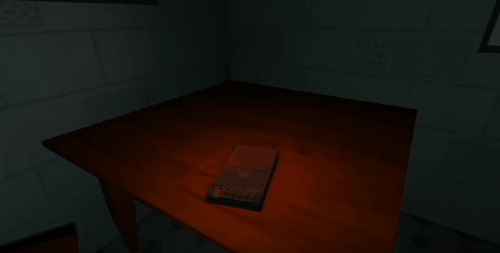
______________

I Have No Mouth, and I Must Scream (1995)
‘Based on well-known science fiction author Harlan Ellison’s short story with the same name, I Have No Mouth, and I Must Scream is a horror point-and-click adventures game released in 1995 for the MS-DOS and Mac OS. The game is about an evil sentient supercomputer named “AM,” who is voiced by Ellison, that recently wiped out all of humanity except for five individuals. While facing their traumas and flaws, the human characters must properly solve puzzles and ethical dilemmas in order to defeat “AM.”‘
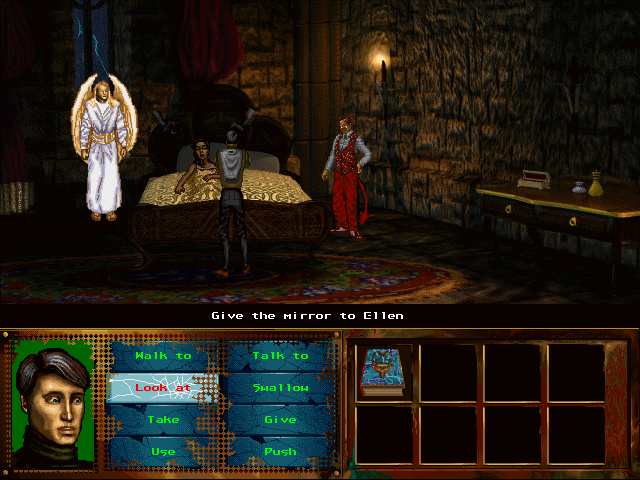

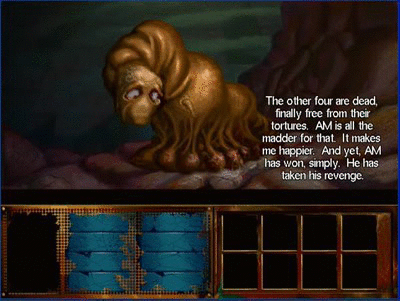

_______________
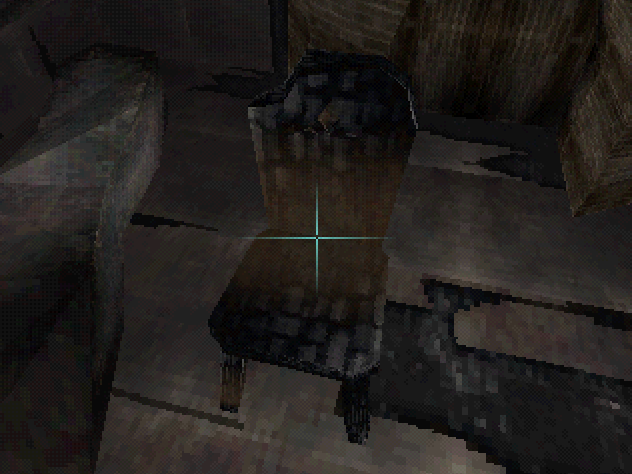
Echo Night (1998)
‘In 1998, FromSoftware, which is best known for the Souls game franchise, released a horror adventure game for the Playstation called Echo Night. The game follows Richard Osmond as he investigates what happened to the vanished ship Orpheus. After the player gets supernaturally teleported to the ship, they will need to solve puzzles, avoid hostile ghosts by turning on lights, and work with other ghosts to get “Astral Pieces.”‘

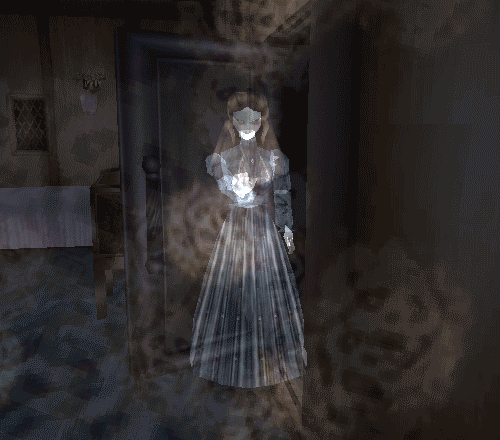

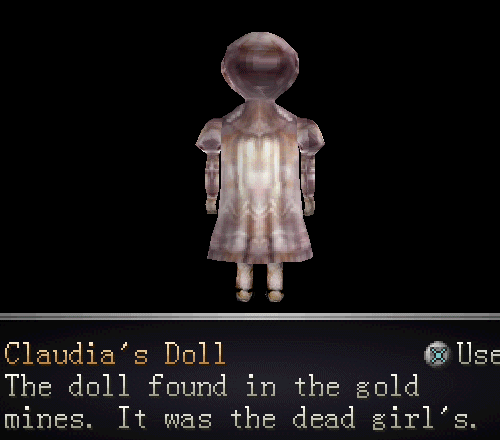
______________
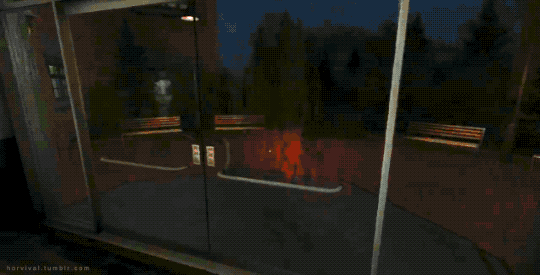
White Day: A Labyrinth Named School (2001)
‘Originally released only in South Korea in 2001 for Windows, White Day: A Labyrinth Named School is a survival horror game about a high school boy named Lee Hui-min who decides to visit his school at night to deliver a White Day gift to his crush. But after he enters the school, he gets trapped in the school and must solve puzzles, make dialogue choices, and avoid enemies such as killer janitors and ghosts in order to escape.’
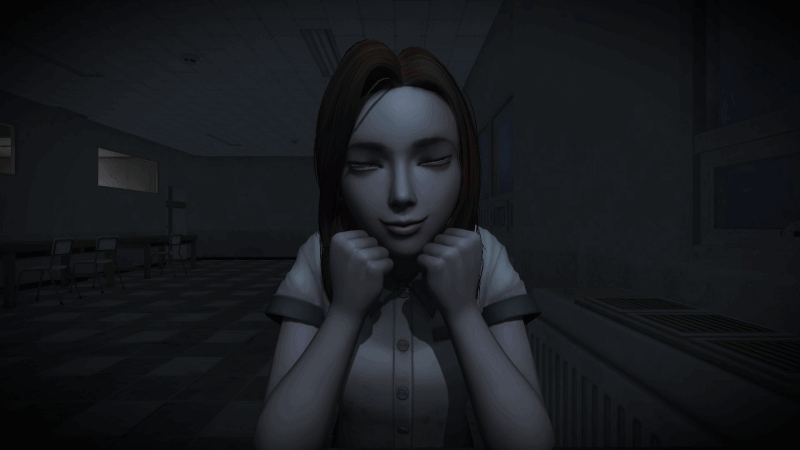

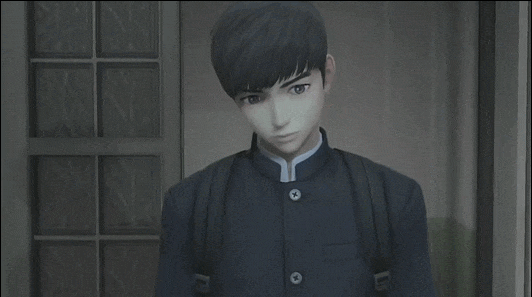

_______________
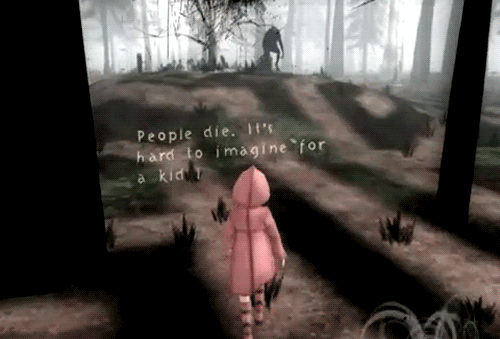
The Path (2009)
‘The Path is a 2009 psychological horror art game that is a modern reimagining of the well-known fairy tale Little Red Riding Hood. In this PC game, the player chooses from one of six sisters to take a basket to grandmother’s house. The game gives one rule: “Go to grandmother’s house and stay on the path.” But the player has to break this rule and go into the woods in order to find items, meet their own unique “wolf,” and eventually get the “ending” after playing as each of the girls.’
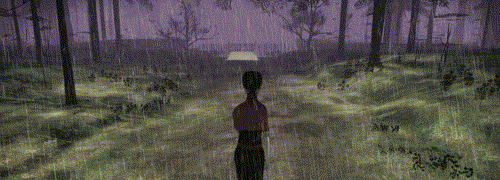
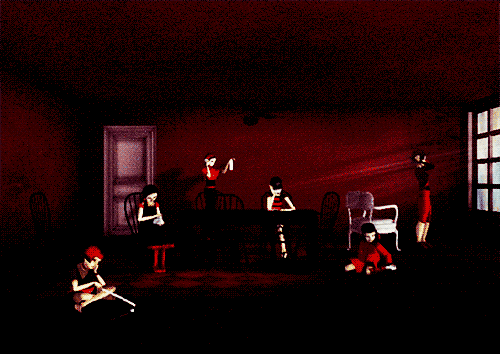
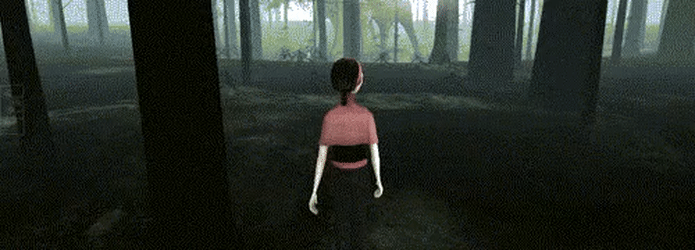
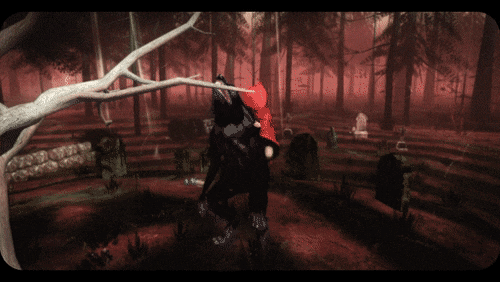
_______________
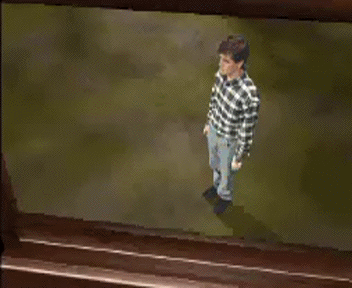
Harvester (1996)
‘In 1996, the point-and-click adventure horror game Harvester was released for MS-DOS. The game follows amnesiac eighteen-year-old Steve Mason as he explores the disturbingly violent town of Harvest. While interacting with creepy characters and investigating strange locations, the player can choose to either solve puzzles or just kill NPCs to progress.’




_______________

Siren (2003)
‘Released in 2003 for the PS2, Siren is a stealth survival horror game where the player controls ten different characters who gain the ability to see and hear what other creatures see and hear. This “sightjacking” ability is used to help the characters survive against zombie-like creatures called “Shibito” and escape the recently devastated village of Hanuda. Over the course of three in-game days, the player will switch between the different characters and complete objectives in the levels to unlock other objectives and levels.’

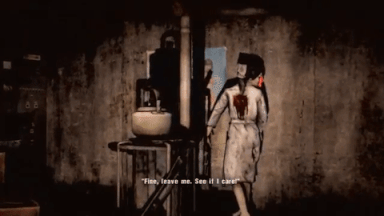
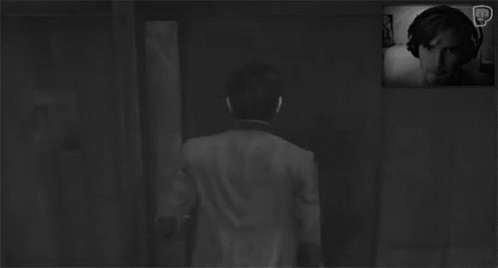

_______________
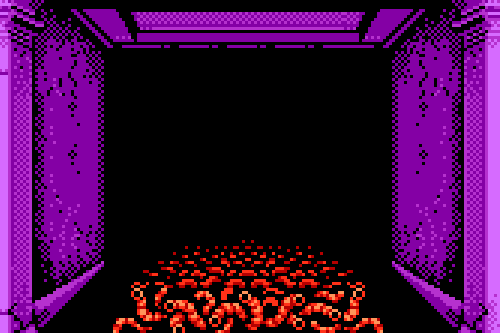
Sweet Home (1989)
‘Sweet Home was one of the first horror games to exist as well as the direct inspiration for Resident Evil (Biohazard). Released on the Nintendo Entertainment System (Nes/Famicon), it was based off a crappy Japanese horror movie of the same name. The game was developed by Capcom who managed to make this tie-in game of better quality than the movie. While the game is the foundation of modern horror games (Resident Evil 1 started development as a remake of Sweet Home) it actually stands on its own as a fairly unique horror title. The game at it’s core is an RPG with horrific imagery for it’s time. You play as five people making a documentary on a deserted mansion and it’s legends. They get trapped inside as evil forces from the mansion attack them (from zombies and dogs to possessed dolls and spirits), leading to them having to survive and get out. Since you control all five characters, switching between them at will, you have to help all five escape. If a character dies in the game, they are dead for good and there is no way to revive them.’



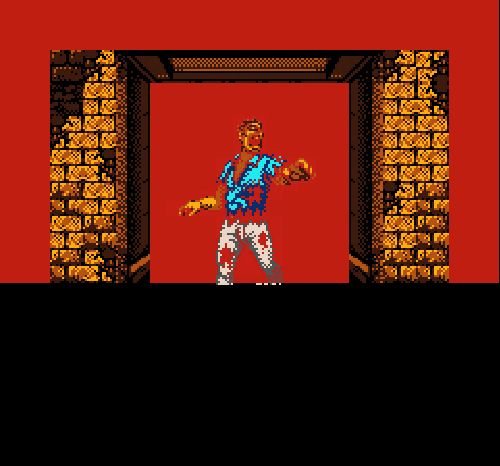
______________
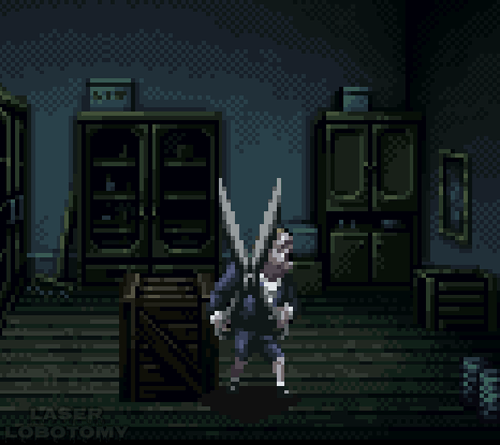
Clock Tower (1995)
‘Clock Tower was one of the founders of the gaming trope of being stalked by a villain through a game, and it pulls it off wonderfully. It has great suspense and is a classic horror game that unfortunately never got to see it outside of the shores of Japan. It is a cult classic, and a fantastic early attempt at the horror genre that brought some unique elements as well to the point and click genre. It has multiple endings, a simplified point and click control scheme for the Super Nintendo, and some interesting ideas and puzzles that makes the player more involved with their character. A type of horror game we don’t see very often which might be best described as an simulation of slasher films from th eyes of the defenseless hero/heroine.’



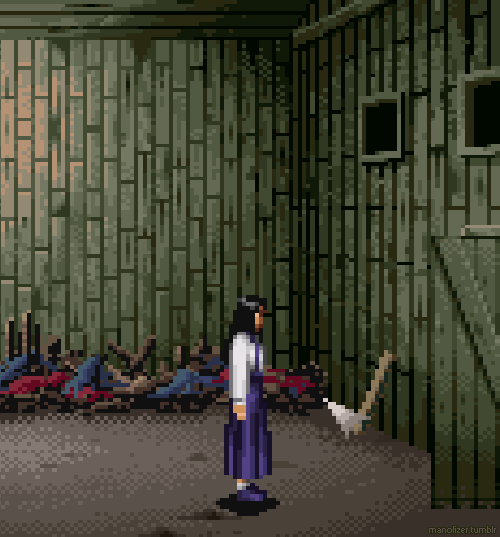
_______________
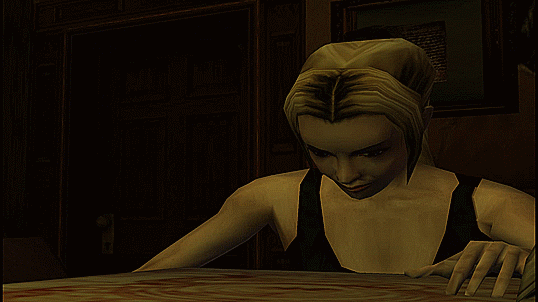
Eternal Darkness: Sanity’s Requiem (2002)
‘Eternal Darkness received universal acclaim on it’s release, including several nominations for game of the year and won the award for, “Outstanding Achievement in Character or Story Development,” as well as nominated in other categories including console game of the year and best art direction, at the 6th Annual Interactive Achievement Awards (a recognized game award event that happens annually). Eternal Darkness is a very intelligent and engrossing tale that transcends ages and perspectives to talk about something greater than all of us, very much in a Lovecraft style, and con it with some ingenious innovations for a survival-horror game. The Sanity Effects are the stand-out innovation, randomized and intense effects that do a great job at making the unexpected happen around every corner while still retaining good design and clever puzzles. Probably one of the most underrated games of last generation.’
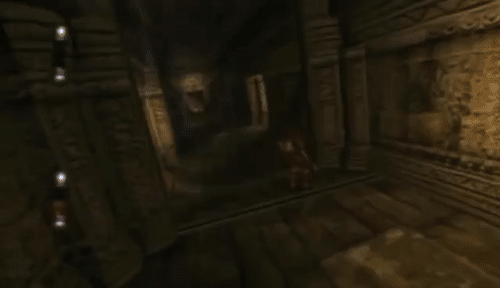
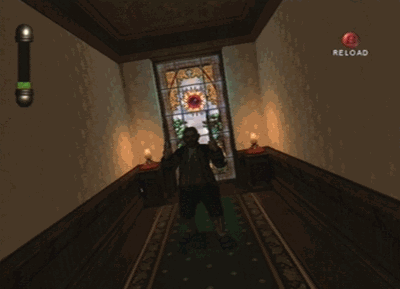
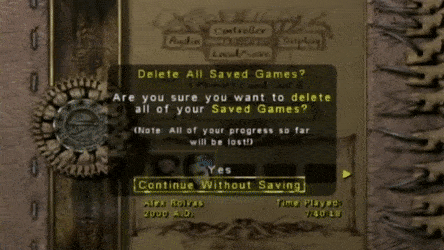
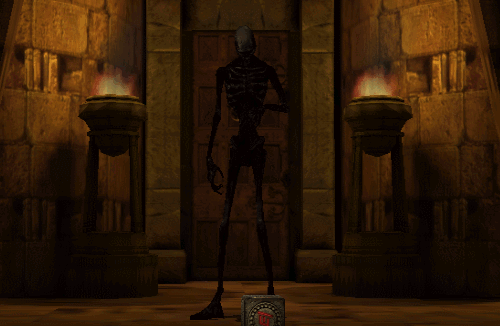
________________
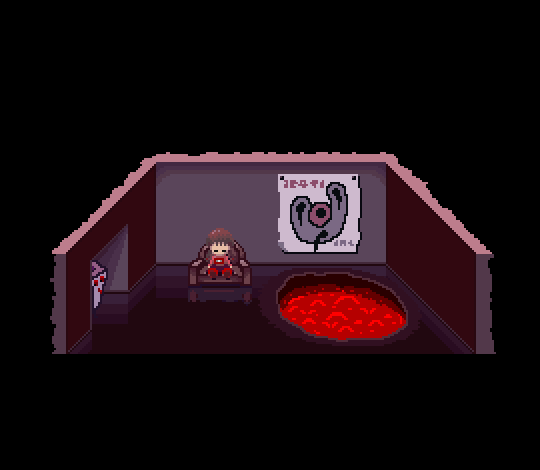
Yume Nikki (2003)
‘Yume Nikki is a freeware indie game for the PC that stars an open-world dreamscape. Developed in the easy-to-use Game Maker (2003 edition), this is a quality title that has a cult following and takes gaming in a different direction. There is no spoken line of dialogue through the entire game, and more so there is no action in the game. The game involves a beautifully designed dream world to explore as you search for 24 “Effects”, things that change and transform our young heroine. You may collect these effects in any order and approach the world however you like. Many secrets, bizarreness, and mystifyingly creepy locations and creatures litter the world to discover. Atmospheric, exploration-based, and chilling at points, it captures the essence of dreams and nightmares beautifully.’
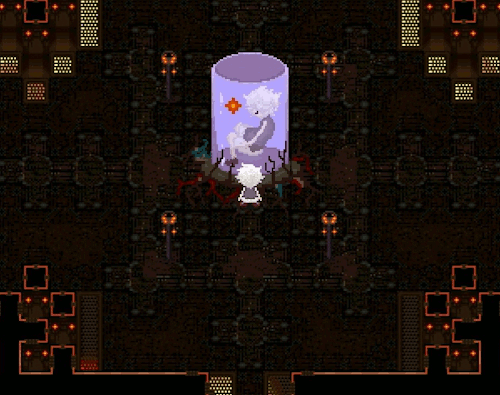
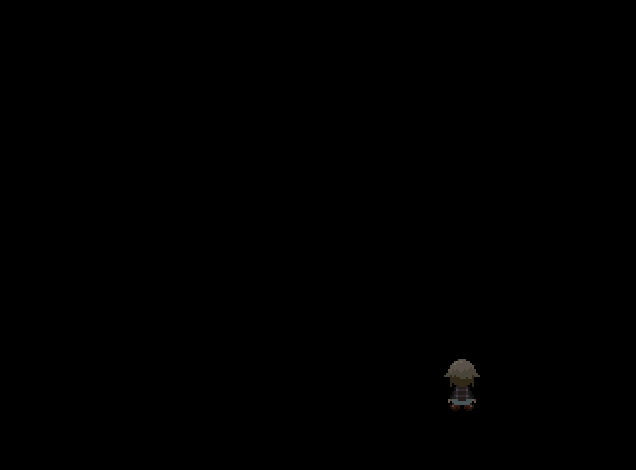
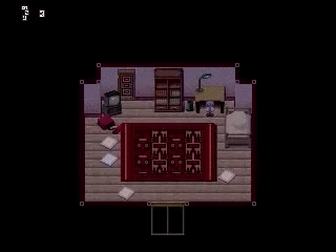
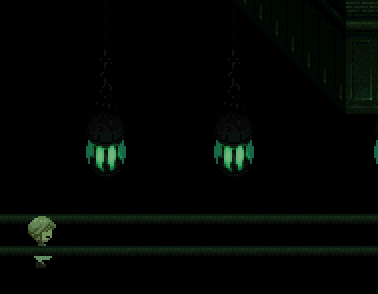
_______________
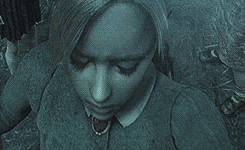
Rule of Rose (2006)
‘Rule of Rose is a Playstation 2 horror game that is set in England in the 1930s. You take on the role of Jennifer, a 19-year old young woman who, while following a mysterious boy, gets pushed and trapped in a coffin by some strange girls wearing paper bags over their heads. She awakens on an air ship she can’t escape from that is ruled by an order known as the Red Crayon Aristocrats. She must make a monthly offering at the threat of death while trying to figure out the mysteries and memories locked away in this place. She is accompanied by a dog she saves and throughout the game she must solve puzzles and face some strange monsters while figuring out the underlaying themes of this place. This game received controversy over the violence, lesbianism, and cannibalism themes of young girls found in the title.’

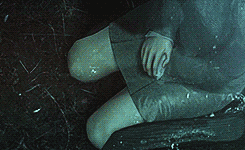
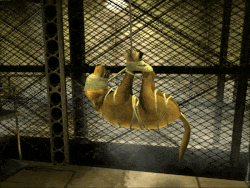
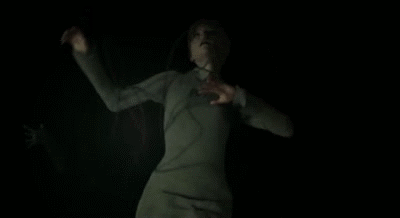
________________
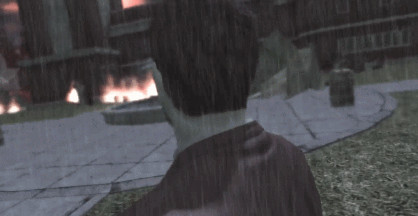
Deadly Premonition (2010)
‘Those who like Twin Peaks will like this game off the bat as it has a lot of inspirations from it. However, this would be a game for those who want a good yet quirky story and can enjoy a flawed experience. If you can’t get past the flaws a game might have or get enjoyment out of a game with some clunky gameplay, then this is not for you. This is for you if you really liked games that came out in the late 90s and early 2000s that took risks and told over-the-top stories and experiences that were out of the ballpark. The game is cheesy, but in a good way. It’s not so bad that it’s good, rather than it is as brilliant as it is terrible and those that can look past some terrible gameplay parts (combat just should of not existed at all) will find something truly brilliant.’
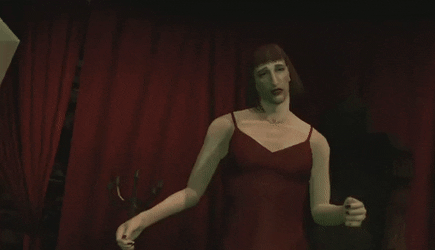
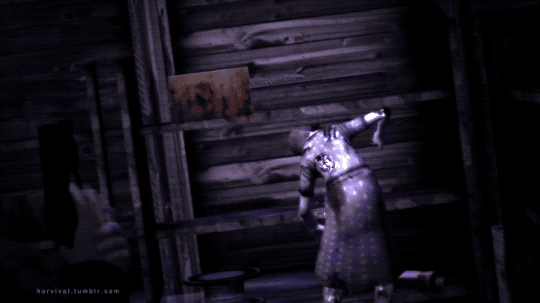


_______________
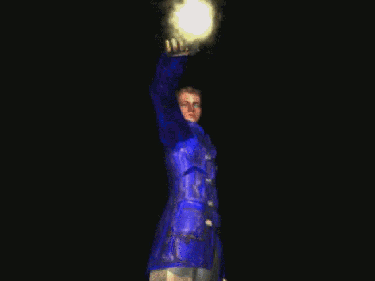
Hellnight (1998)
‘Hellnight (Dark Messiah in Japan) is a Playstation horror game that came out in Japan and Europe. It takes place in Tokyo near the end of the millennium in Gigapolis, a city sporting a spiraling huge subway and sewer system. Our unnamed protagonist is being chased by some strange cult who are trying to kidnap him for unknown reasons, with him barely escaping their grasps onto a subway train. At the same time a strange lifeform breaks free from a research lab, kills a researcher, and evolves into a zombie-like creature as it escapes. The monster gets in the way of the train and crashes it, and then commences to kill off any survivors left alive from the crash. Our hero makes a run for it, an ability he is quite good at, with another survivor, a school girl named Naomi Sugiura, as the two of them escape together. However, the strange creature evolves again into an exoskeleton-like body that is faster and follows them into the sewers known as, “The Mesh.” Here people who have left public society live a peaceful life away from the ruckus and troubles of the mainstream living. A lifestyle that is about to get much more dangerous, we might add. Players play from a first-perspective role though they have no means to fight or defend himself. There is only one monster in the game, the mutating life form, and any contact with the monster will result in death.’
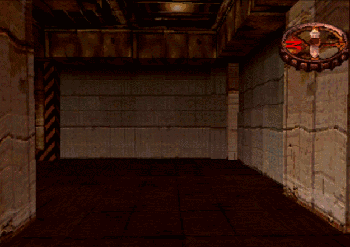
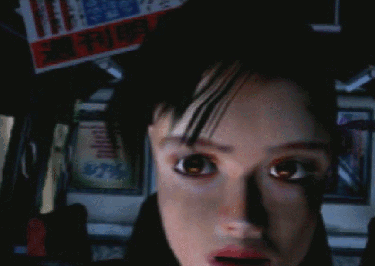
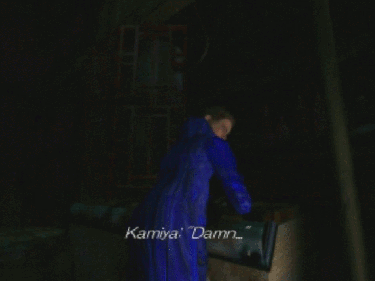
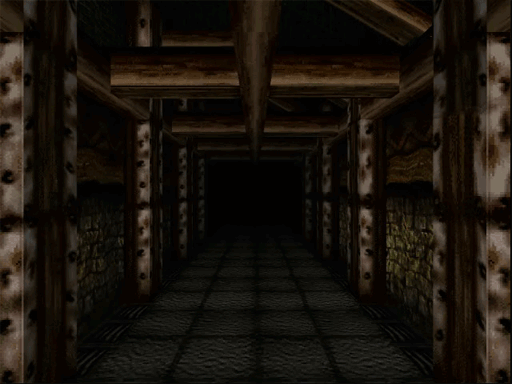
________________

Lone Survivor (2012)
‘In the age of the independent game developer, Jasper Byrne of Superflat Games successfully brings survival horror to the world of 2D pixel-art sidescrollers with Lone Survivor. In the game, players are cast in the role of “You,” a mysterious man who wears a surgical mask and camps out in a decrepit apartment building amidst a post-apocalyptic setting. In keeping with the theme of survival, players will regularly need to make sure that You is fed and well rested in order to continue on in the story, which involves either engaging with or slinking past monsters that call to mind a serious Silent Hill vibe. Players can also expect to ultimately view several different endings to You’s dark and frighteningly hallucinogenic existence.’

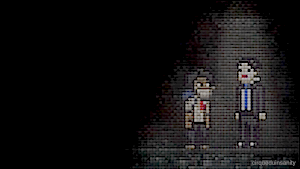

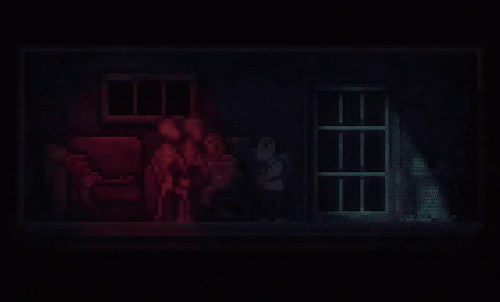
_________________

Martha Is Dead (2021)
‘I don’t think I’ve played anything that’s quite as hot a mess of stuff happening as Martha Is Dead in a long while. After two hours playing the game’s opening, I feel like I need more time to digest everything this psychological horror game tries to do. There are long, text heavy plot expositions, or strange first person endless runner forest sections where you spell out story points by chasing words through the trees. Then there are dreamily, surreal, heavily metaphorical cutscenes inspired by the Italian horror style of Dario Argento and Giallo films. And, sometimes, you get to play a bit of the game. Which is ostensibly a walking sim set in Italy at the close of the Second World War as a family deals with the death of a daughter who drowned in a lake.’
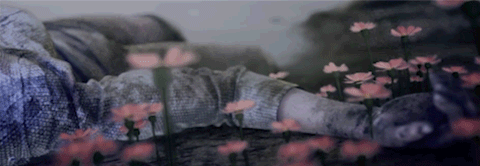



_________________
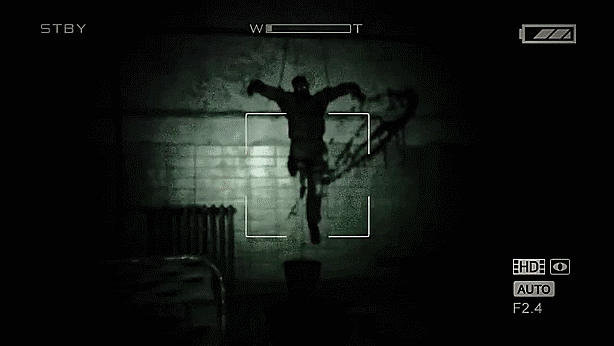
Outlast (2013)
‘Outlast and its equally chilling prequel DLC Whistleblower are here to help usher in the new age of survival horror video games. Playing as journalist Miles Upshur, players are tasked with investigating the psychotic Mount Massive Asylum and exposing the underlying horrors within. The catch is that Miles is incapable of fighting back the villains who inhabit the asylum, and only relies on his notebook and camcorder to advance through the building and document the grisly truth. Throughout the adventure, you’ll use the night vision mode on Miles’ camcorder to better navigate particularly dark areas, and this makes the game’s action look so realistic that it’s impossible not to feel a little unnerved.’
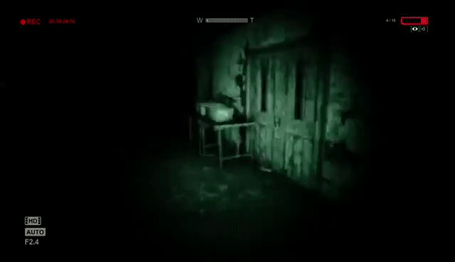
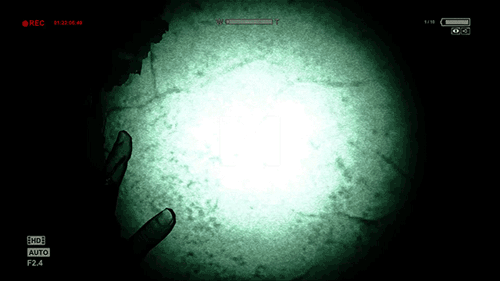

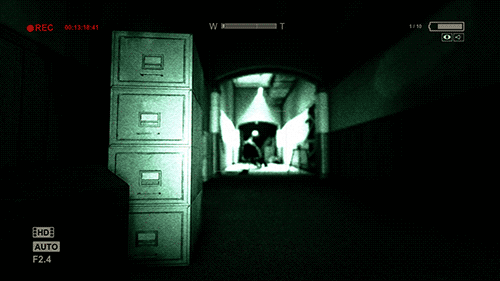
_______________

F.E.A.R. (2005)
‘F.E.A.R.remains one of the most memorable horror experiences to date, in no small part due to the fact that the entire story revolves around a creepy little girl named Alma, who just so happens to closely resemble that creepy girl in The Ring. There are more than a few lasting scares contained within F.E.A.R.,and they’re all strung together nicely by Alma’s story. Don’t play this one with the lights off. Seriously. Don’t do it.’
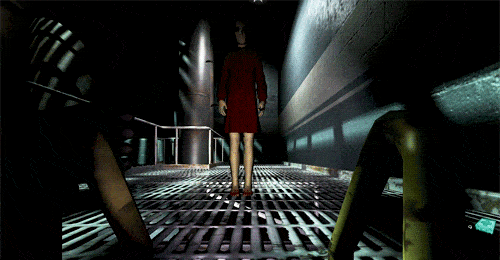
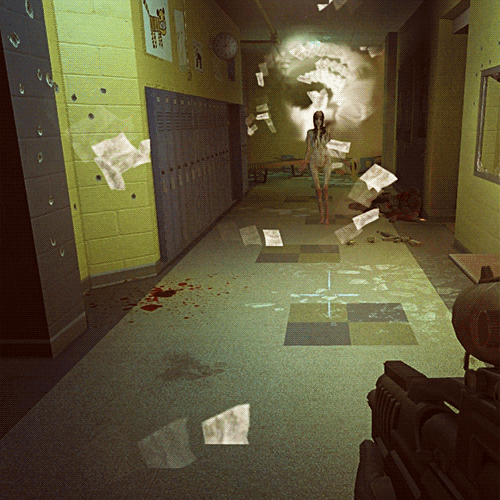
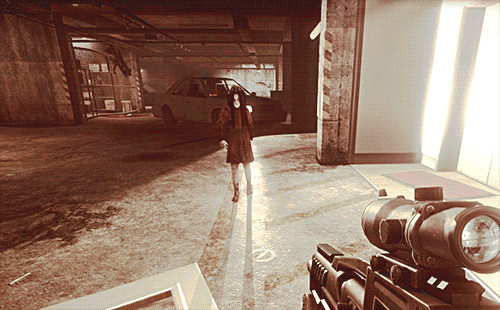

___________________

The Suffering (2004)
‘In The Suffering, players take control of a prisoner named Torque, who has been given the death sentence for murdering his ex-wife and two children. The action of the game takes place in the island setting of Abbott State Penitentiary and its surrounding island areas, where Torque must battle hordes of monsters to prove his innocence. Plagued by visions of his deceased family, Torque must make a number of morality decisions throughout his escape, and can even turn into a monster himself through filling a special insanity meter. A horror-action game at heart, The Suffering excels in both its monster designs and level layouts that have you progressing through dim prison corridors one moment and moving through the dense outer wildlife the next.’


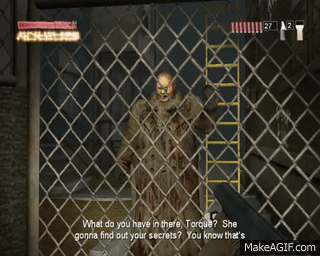

________________
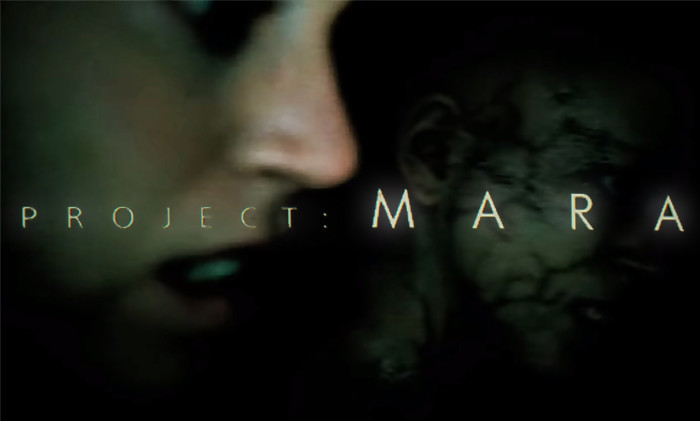
Project Mara (2021)
‘“Based on real lived experience accounts and in-depth research, our aim is to recreate the horrors of the mind as accurately and realistically as possible,” Ninja Theory commercial director Dom Matthews wrote on xbox.com. “Project: Mara will be an experimental title and a showcase of what could become a new storytelling medium. [Project: Mara] will be heavily based on research, interviews, and first-hand accounts to recreate the horrors of the mind as accurately and believably as possible,” Ninja Theory co-founder Tameem Antoniades says in a behind-the-scenes development video diary. “At the heart of it is the character that drives it. The game only features one character and one location.”’




________________
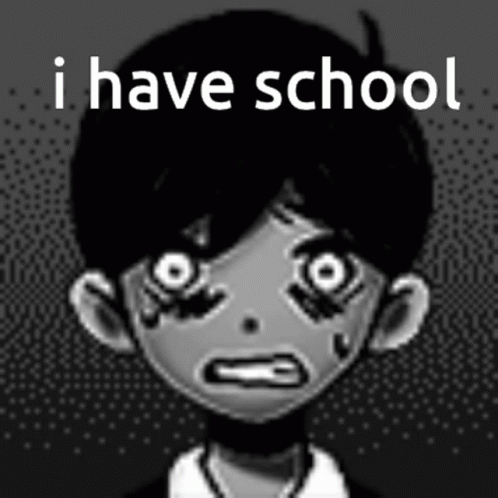
OMORI (2020)
‘Players will explore a strange and colorful world in OMORI. As players navigate through the world, they will uncover plenty of secrets in addition to a look into how friendships can fall apart. OMORI covers themes such as depression and anxiety and self-destruction, and how the characters cope with loneliness.’


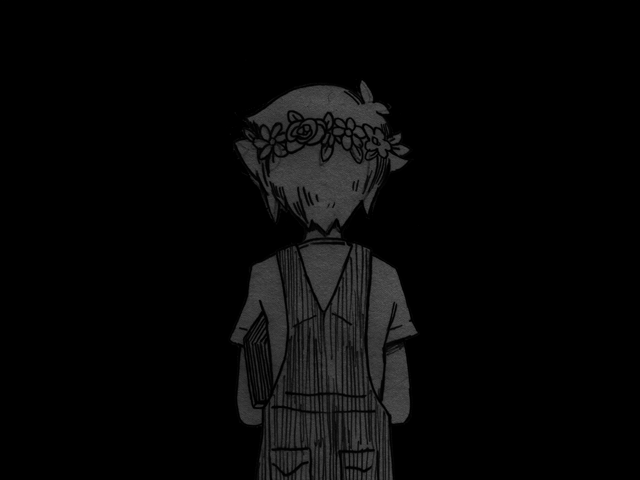
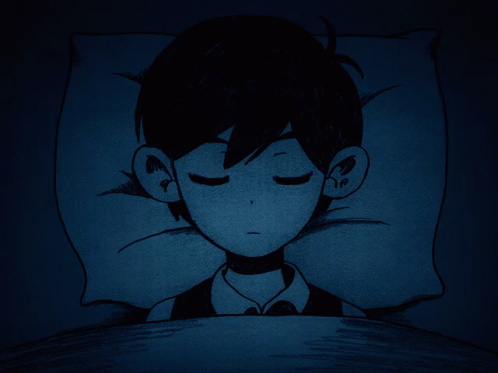
*
p.s. Hey. ** David, Hi. Well, thank you. I have this feeling that you’re un-upstage-able. xo. ** Misanthrope, To edit one’s future is foolhardy. Yes, I remember that other evening too. It makes me very sad thinking about it. Poor Nicholas. Ah, David remains David, it sounds like. I hope you did manage to find some George time this weekend. I think you need to go beyond thinking about King’s Dominion’s Halloweenfest and buy your god damned tickets! ** Bill, Oh, right, the Folsom thing. The masters and slaves whom I’ve been nitpicking my way through of late are as giddy as school kids about it. How did you manage to entertain your houseguests without the help of leather men, and vice versa? ** David Ehrenstein, Took the words right out of my mouth! ** Morgan M. Page, Hi, Morgan! Welcome to here, and thank you very kindly! No, I wasn’t thinking about autofiction really. It’s a novel I’ve been wanting to write for decades. Thank you again. How are you? ** Dominik, Hi!!!! I hadn’t paid much attention to him before so my first real spurt of thinking about him came during the VMAs wherein he seemed like an obnoxious asshole, so his looks alone didn’t register as I think he intends. That poor kitty. That poor asshole doomed to live out its life as a 2020 time machine. What a boner killer. Three year-old Love watching ‘Hellraiser’ and sucking his thumb, G. ** T, Hi. I’m sure I’ve had some kind of anal post here before if not several. Oh, man, thank you so much about ‘I Wished’. It’s so beautiful what you wrote. I’m very touched. How was your weekend? What’s in your immediate future? ** _Black_Acrylic, Hey, Ben. I only didn’t include that Anthea Hamilton piece because I used it in another post, but, yeah, it felt MIA. ** Steve Erickson, Ha ha, I actually thought for a moment about putting that butt plug in the post, but … I remember that LeShaun track. It should have been a ‘Wap’. And I do feel lucky, yes, ha ha. ** Okay. Halloween returns to the blog today on behalf of you gamers and non-gamers alike. See you tomorrow.
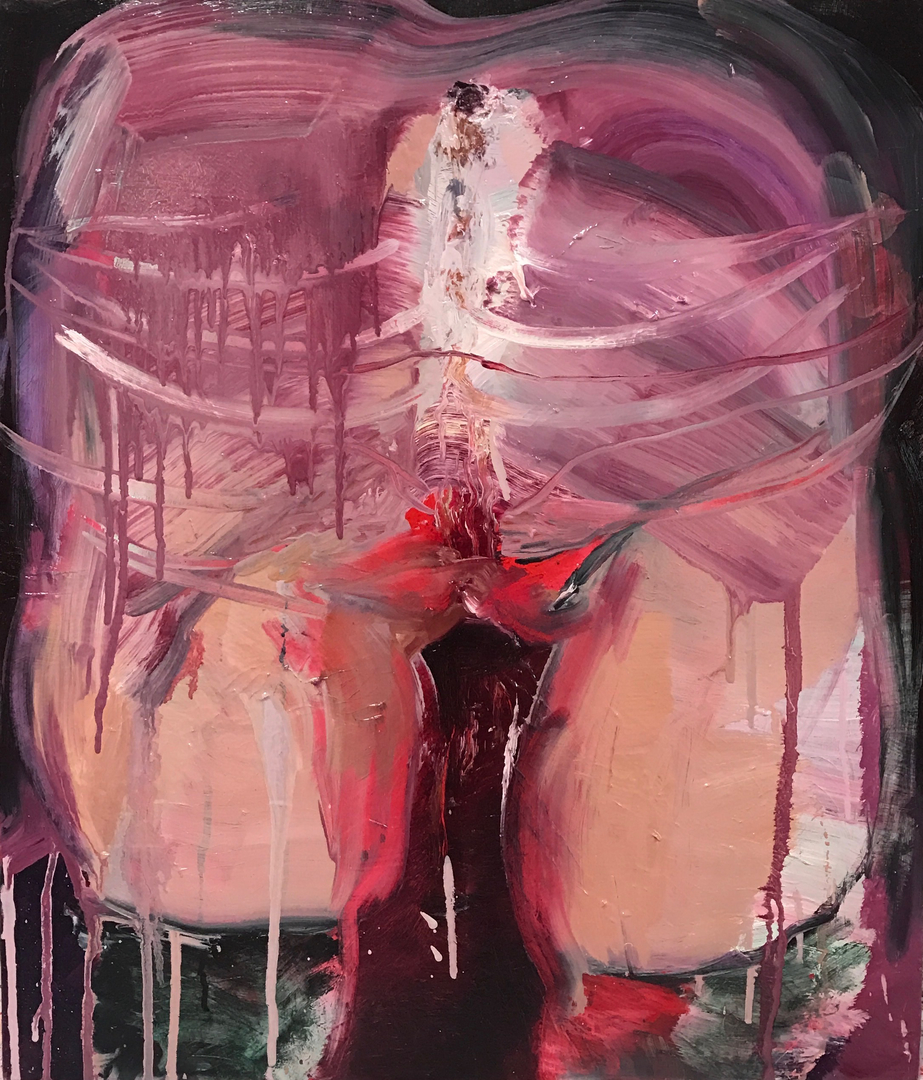





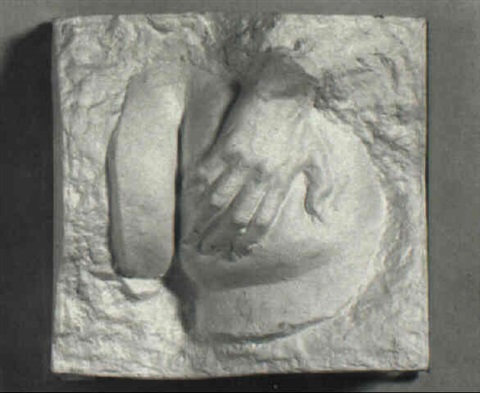

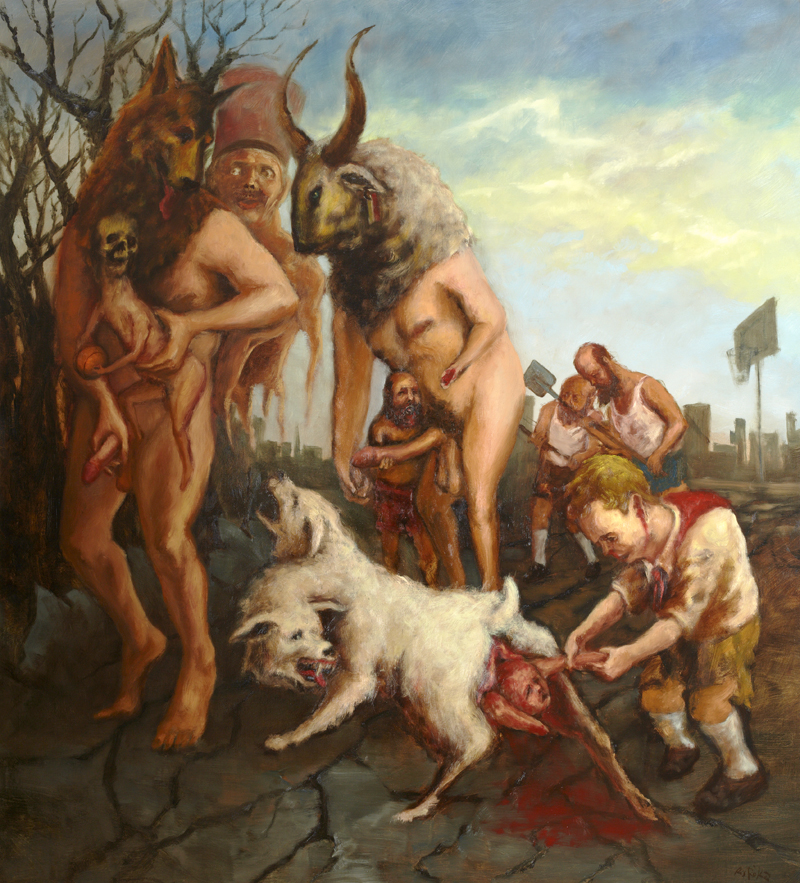


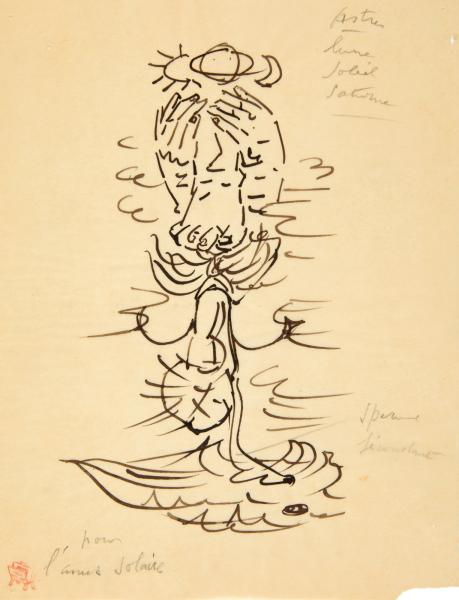


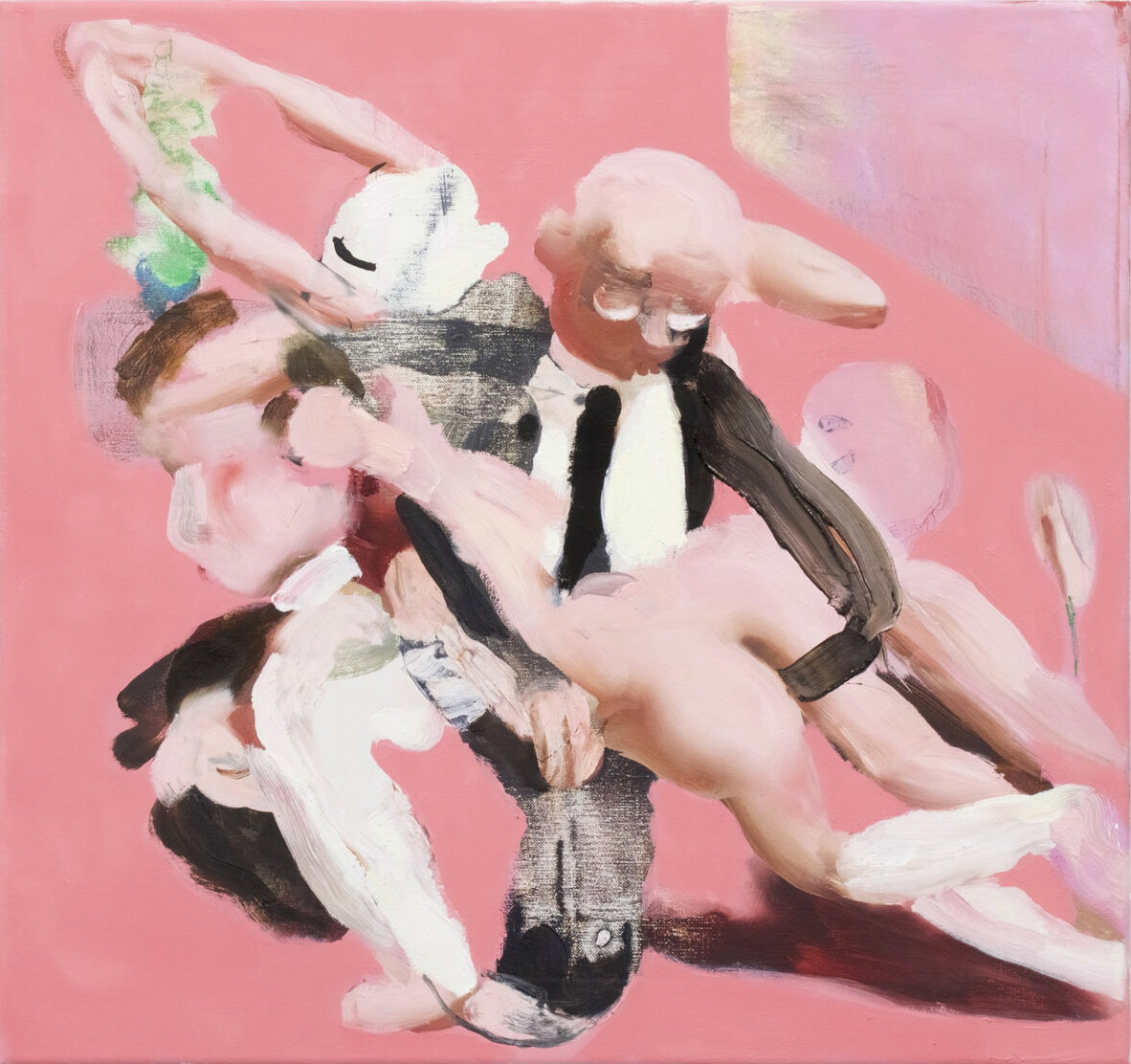
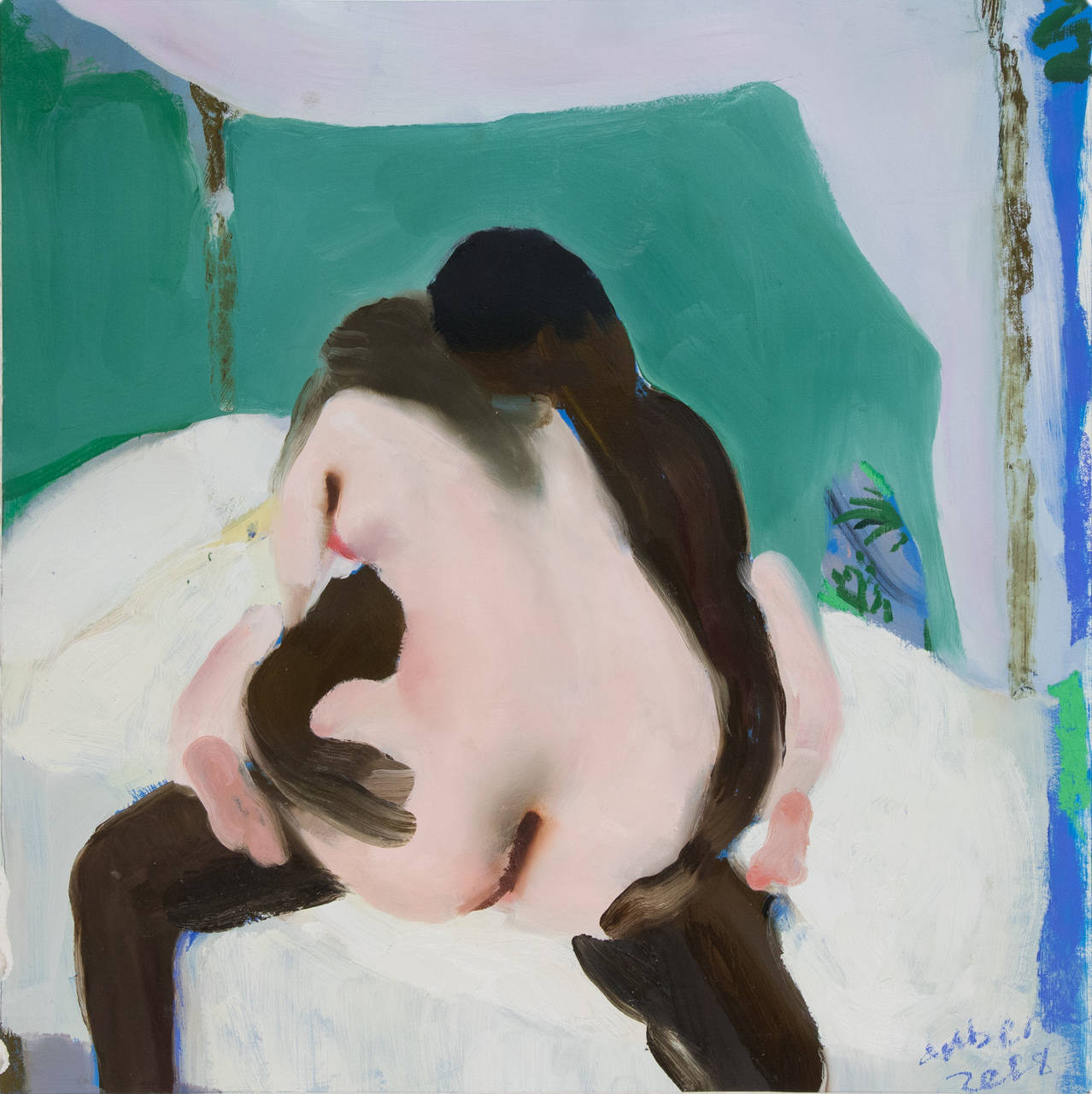
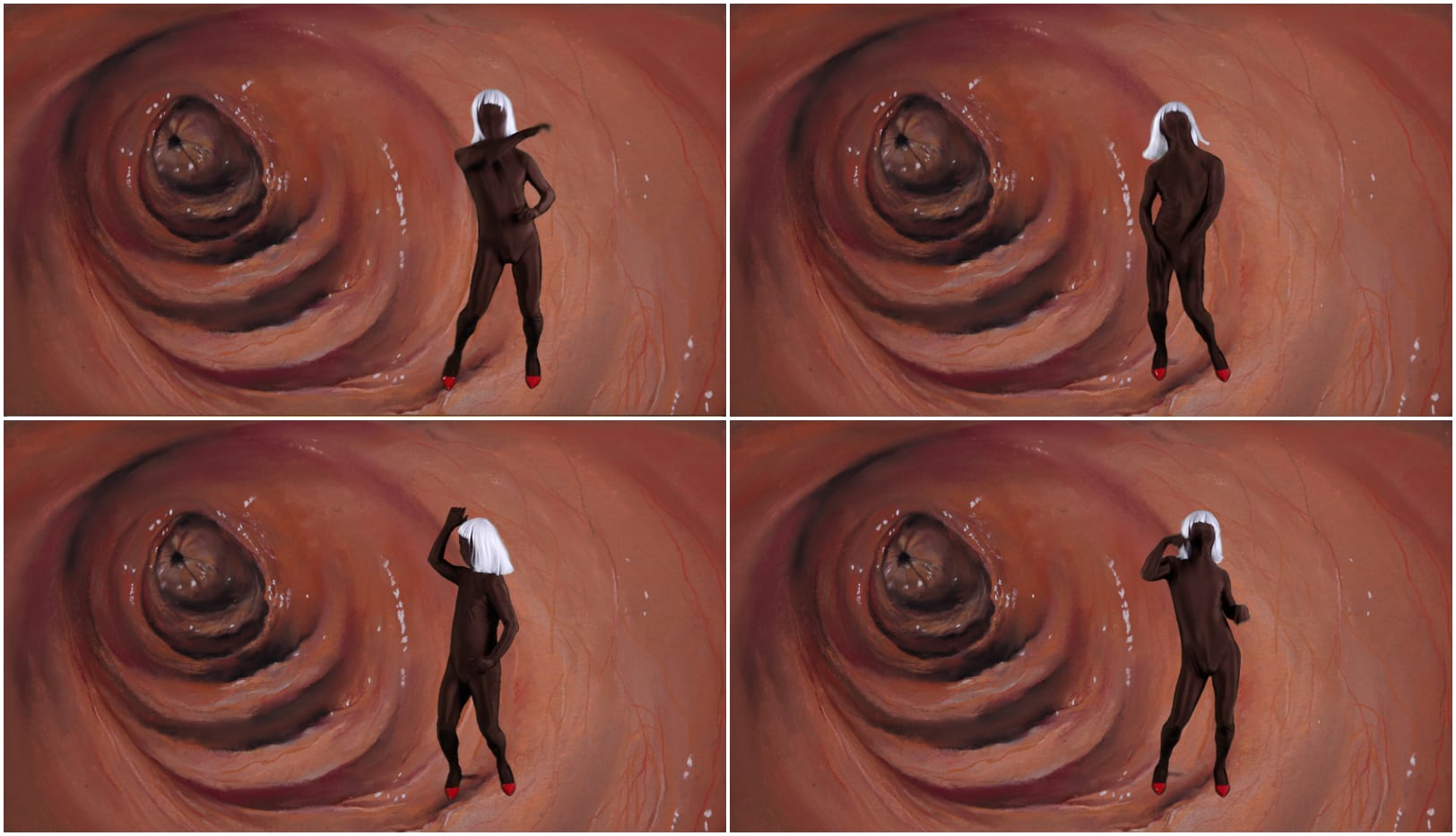









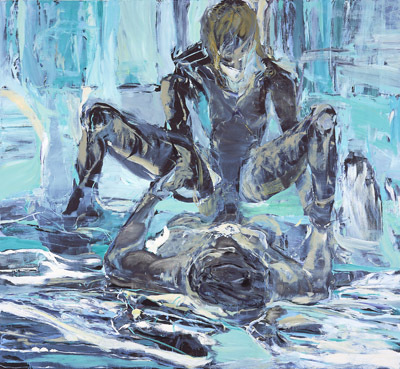
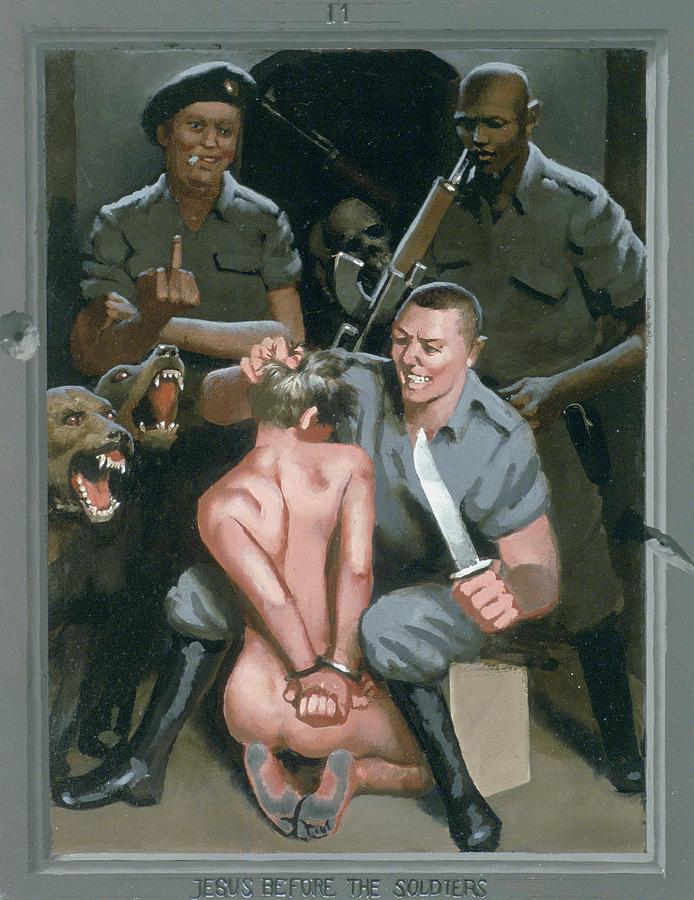
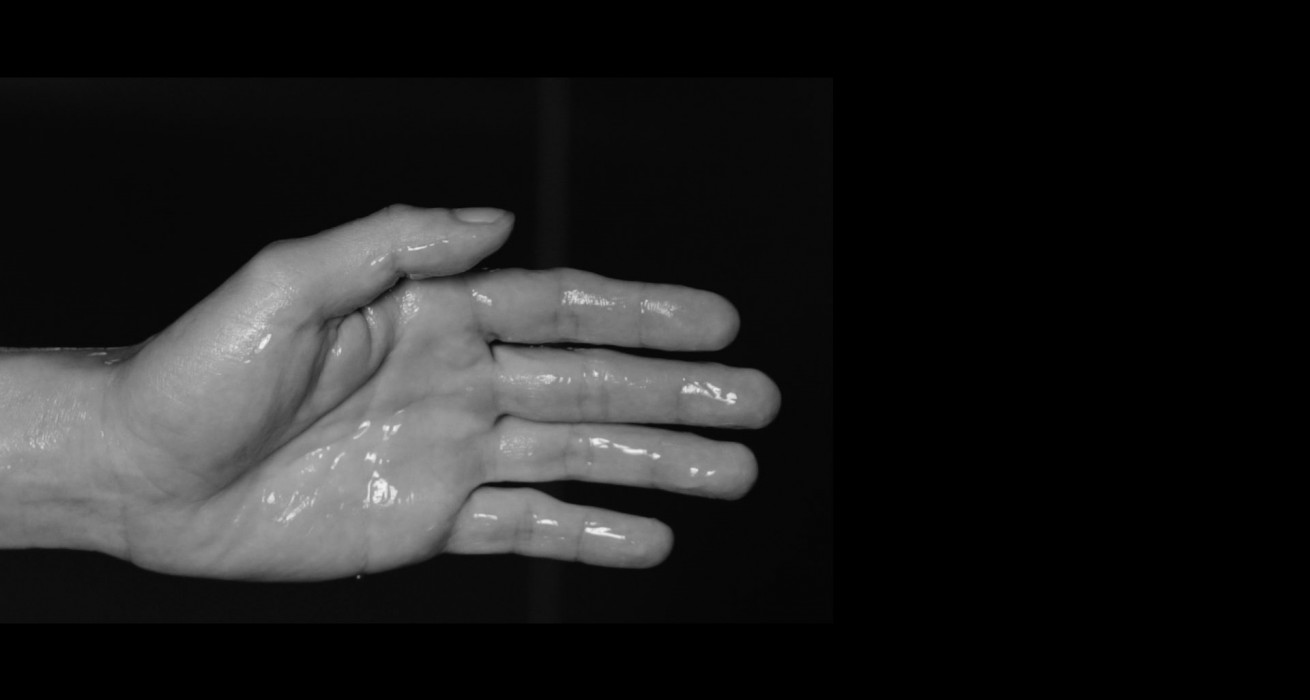



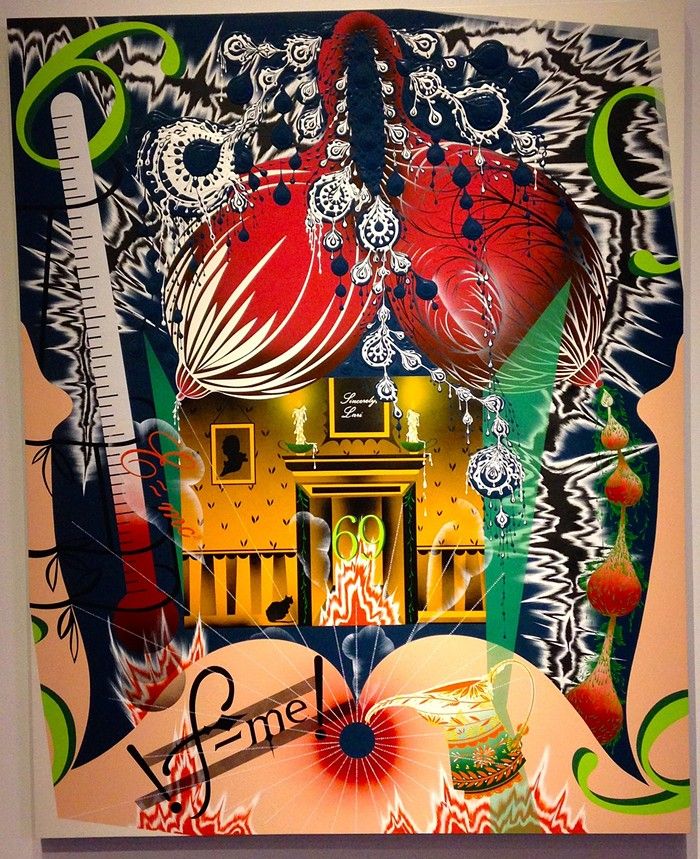
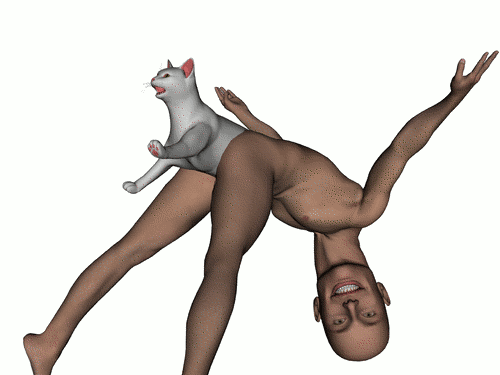






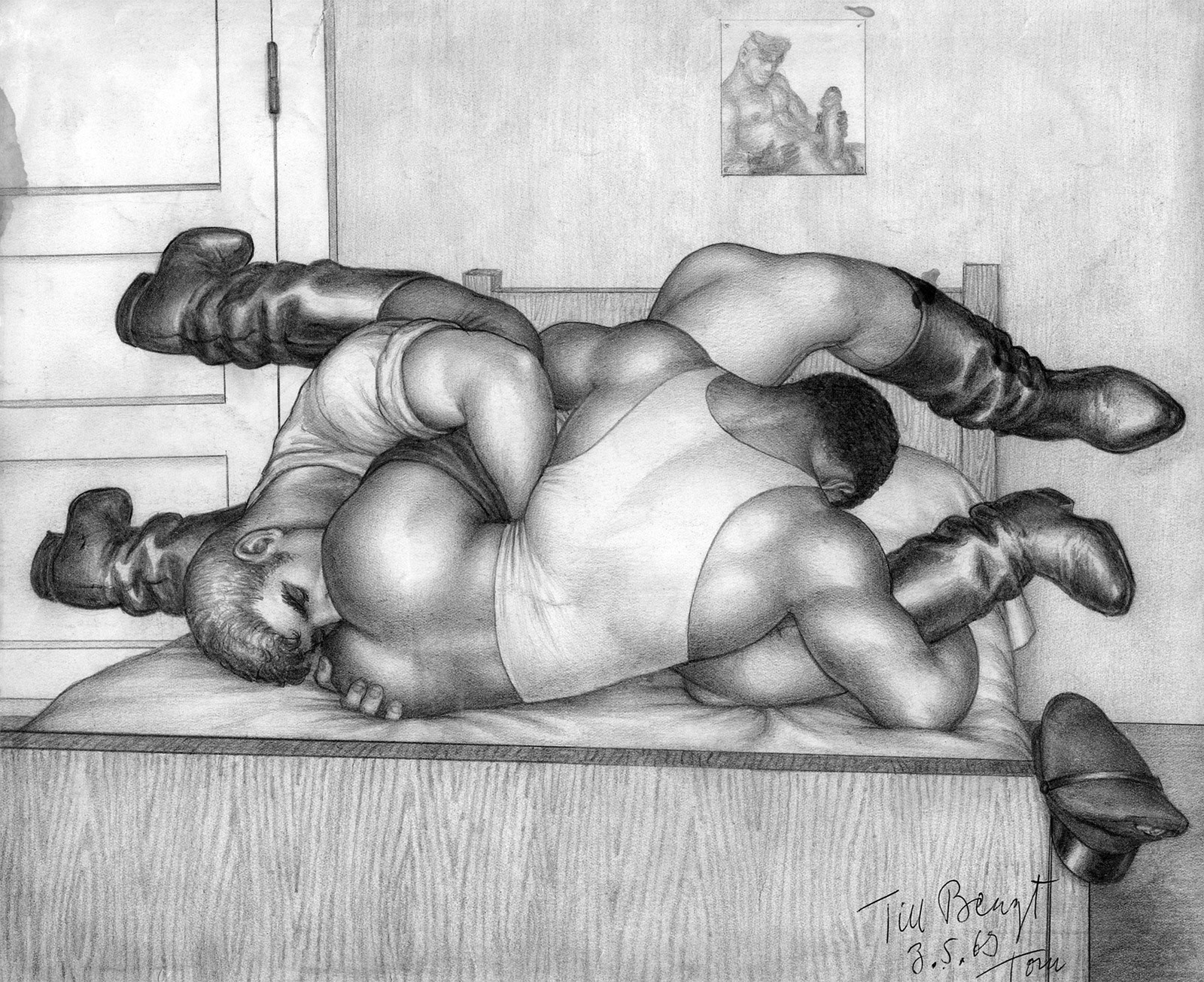
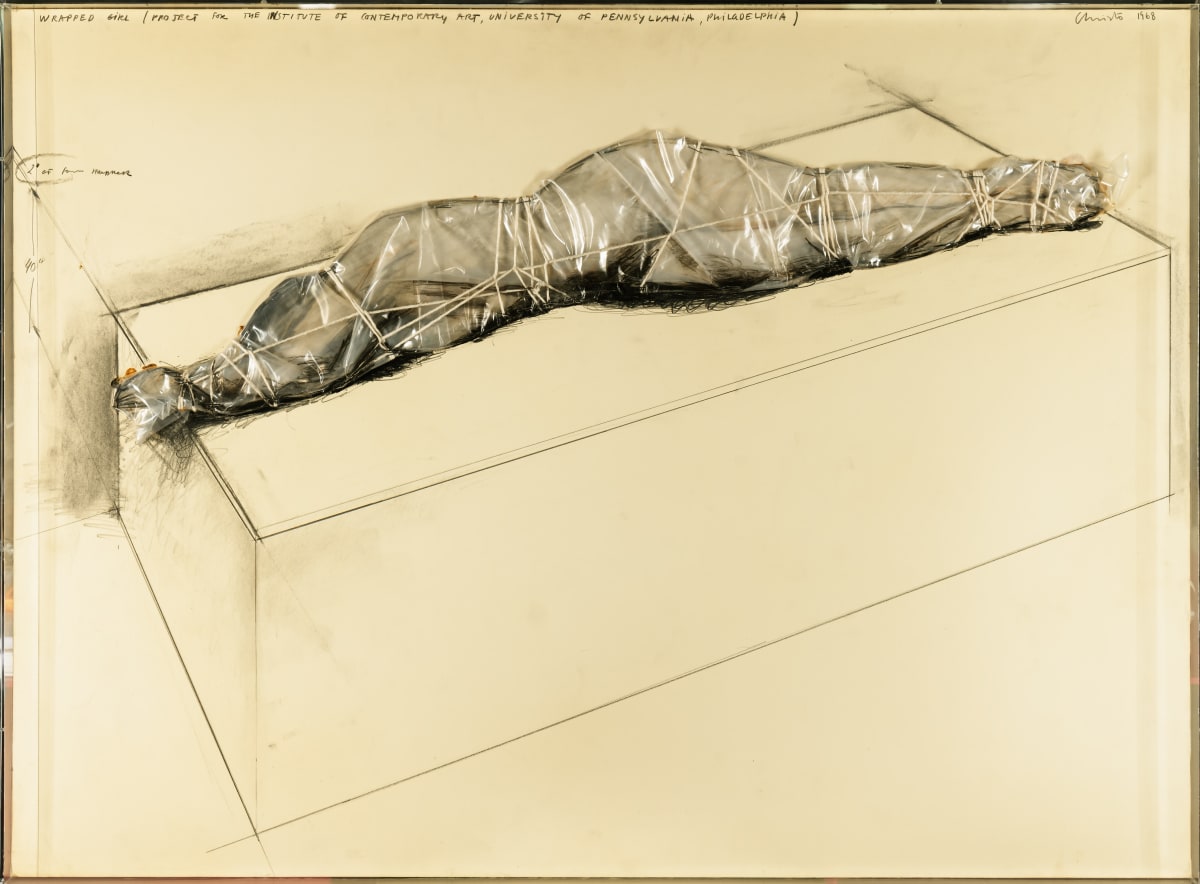


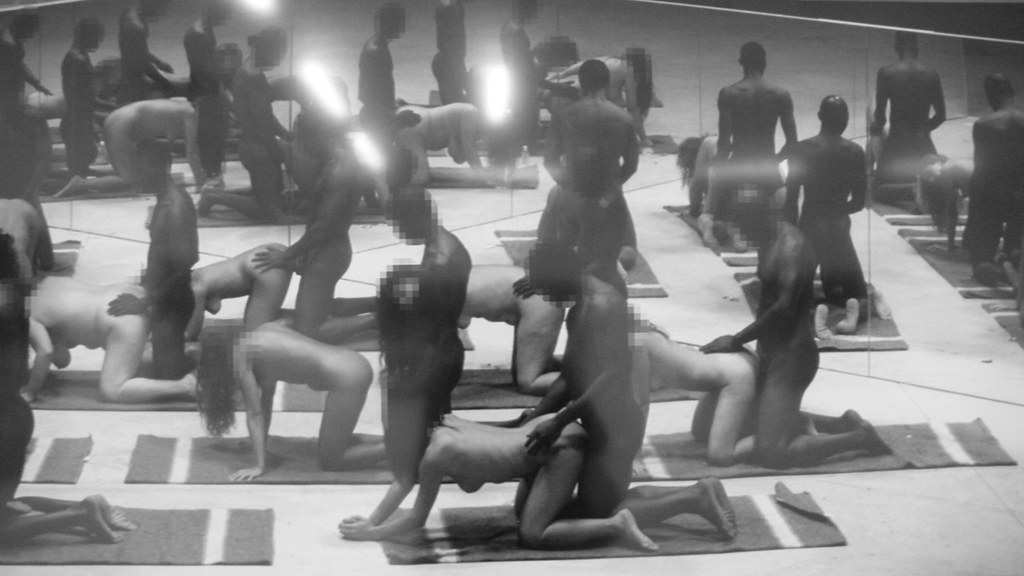




 Now available in North America
Now available in North America 